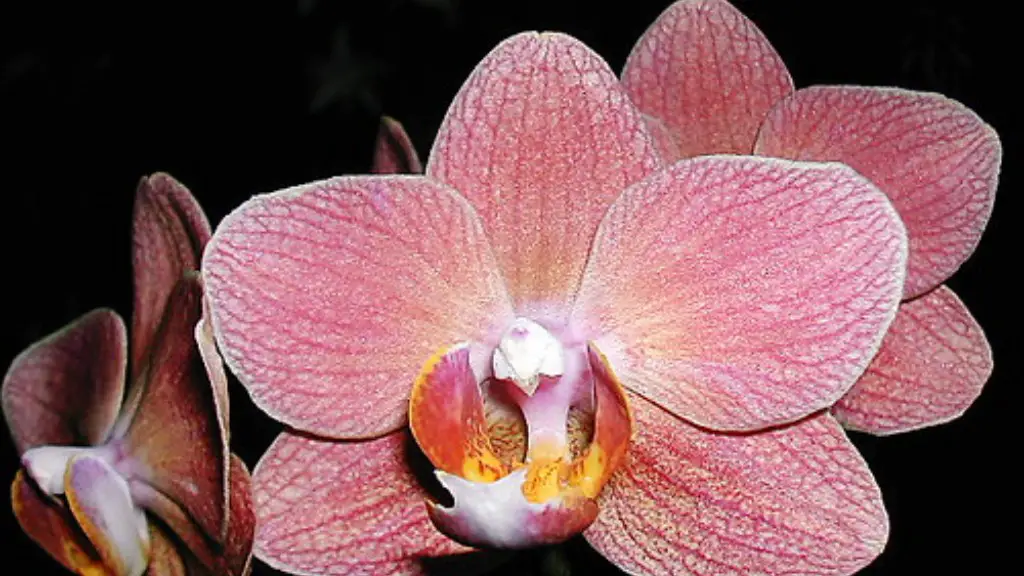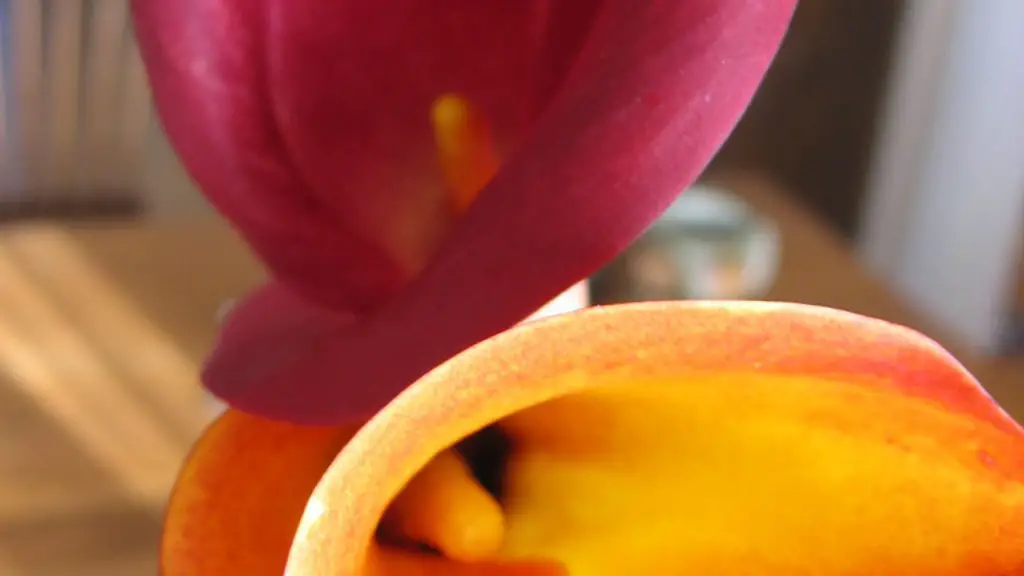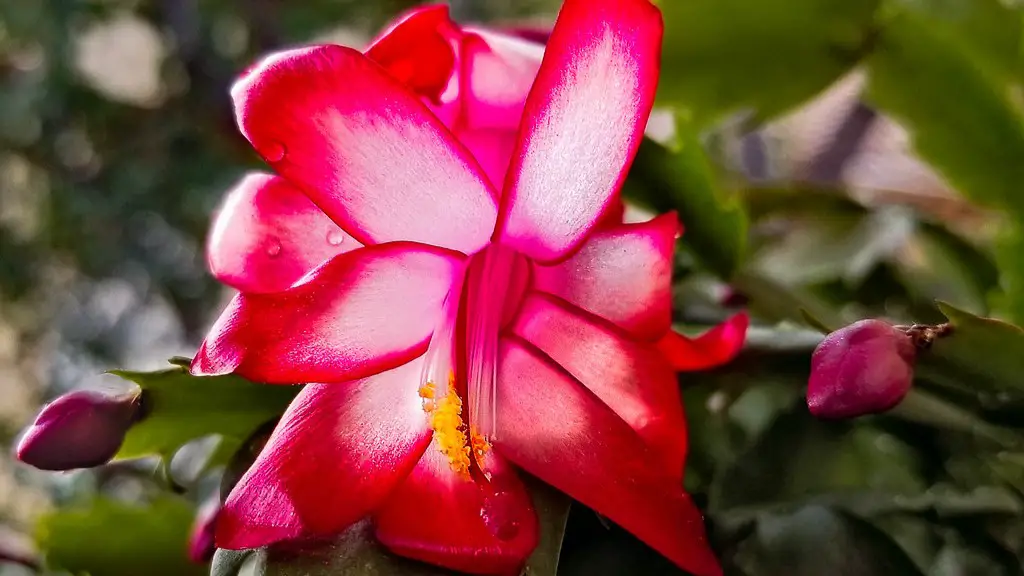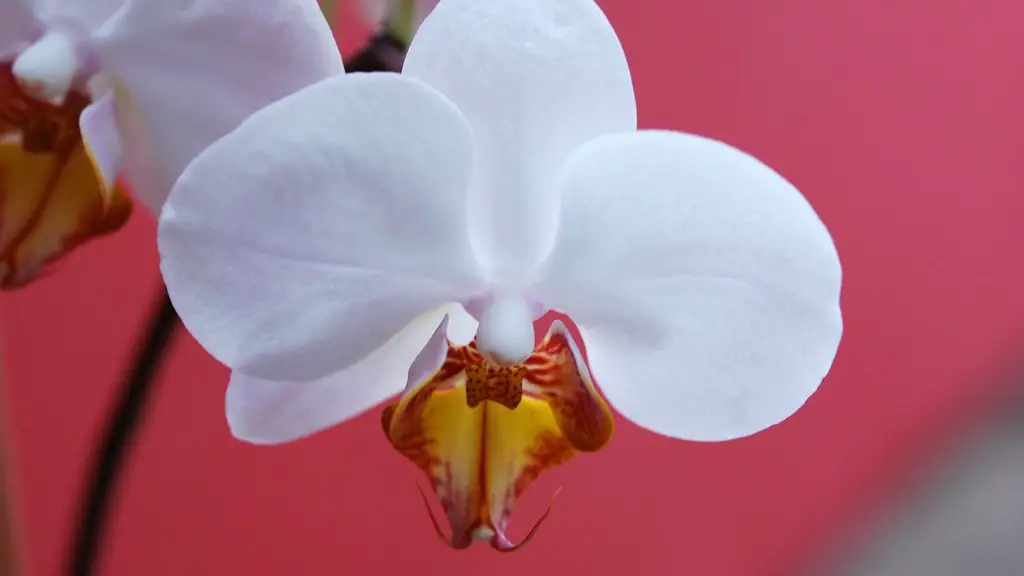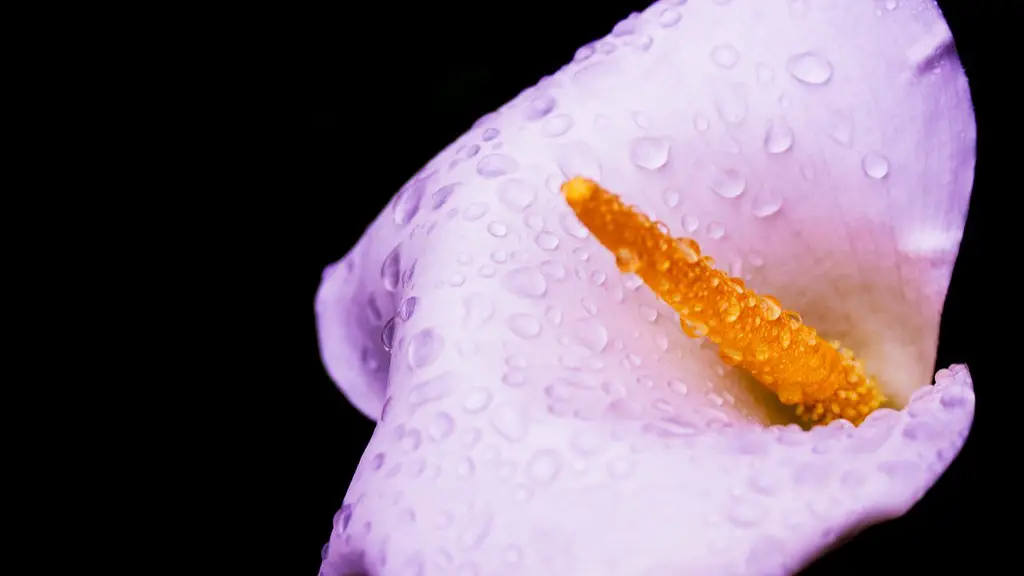In this article, we will show you how to pot a Phalaenopsis orchid. This type of orchid is also known as the moth orchid, and is one of the most popular types of orchids. They are easy to grow and care for, and can bloom multiple times a year. Phalaenopsis orchids are native to Southeast Asia, and can be found in a variety of colors, including white, pink, yellow, and purple.
The following is a guide on how to pot a Phalaenopsis orchid:
1. Fill a pot with fresh potting mix specifically designed for orchids. Do not use regular potting soil or garden soil.
2. Place the orchid in the pot, making sure that the roots are well-covered with potting mix.
3. Water the orchid well, using lukewarm water.
4. Place the orchid in a bright spot, but out of direct sunlight. Ideal temperatures for a Phalaenopsis orchid are between 65 and 80 degrees Fahrenheit during the day, and between 50 and 60 degrees Fahrenheit at night.
5. Allow the potting mix to dry out somewhat between watering. Over-watering is a common cause of death for Phalaenopsis orchids.
Do Phalaenopsis orchids need soil?
Phalaenopsis, also known as moth orchids, are a type of orchid that are epiphytes, meaning they grow on other plants or objects, without being rooted in soil. They are often found growing on trees, rocks, or even on other types of orchids. Phalaenopsis are native to tropical areas and have large, showy flowers that come in a variety of colors.
As a general rule, the best time of year to repot a phalaenopsis orchid is during the spring, so it will be able to begin blooming once again in the summer or fall. The next best time to repot is during the fall; however, if you need to repot during the summer, you can repot then.
How do you repot a Phalaenopsis plant
Phalaenopsis orchids are typically repotted after they have finished flowering. This allows the plant to focus its energy on new growth, rather than on flowers. Repotting also provides an opportunity to inspect the roots and make sure they are healthy.
An orchid FAQ: How to Repot
If you have a new orchid, it’s best to repot it right away. Orchids should be repotted every 1-2 years, or when they become crowded in their pot.
To repot an orchid:
1. Remove the orchid from the pot
2. Soak the roots in water for a few minutes
3. Loosen and untangle the roots gently
4. settle the plant into the new pot
5. Water thoroughly
What is the best potting mix for Phalaenopsis orchid?
If you want your Phalaenopsis orchids to thrive, it’s best to pot them in a mix that is 80% fir bark and 20% coarse sphagnum peat, according to Texas A&M University botanists. This mix will provide the perfect balance of drainage and moisture retention for your plants.
Fir and Monterey bark are the most commonly used potting media for orchids. It is long-lasting, porous, and free-draining. Clay pellets are commonly added to mixes to prevent compaction and add drainage. Must be leached as it absorbs salts.
Do orchids need bigger pots as they grow?
It is important to choose the right pot size when growing orchids. Larger pots are required for larger plants that have more leaves and roots. Pots of the same size can be used for about two years, and then they have to be replaced with pots that are 1 inch larger in diameter. Orchids should be repotted once every one to three years.
If you notice that your orchid’s roots are soft and brown, it may be because you have waited too long to repot it. Soil that is not replaced can retain more water, leading to root rot and leaving your orchid vulnerable to fungal diseases. If you have waited too long to repot, you’ll notice that your orchid is holding too much water. The roots will appear brown and feel soft to the touch.
Should orchid roots be exposed
Some orchid experts think that a perlite/peat mix is less likely to produce aerial roots than bark. Either way, don’t cover the roots because they may rot.
Instead of using regular soil, you can use a potting mix specifically designed for Orchids which will provide the necessary support and drainage for your plant. You can also add some sphagnum moss to your potting mix to further help with drainage.
Should you soak orchid bark before repotting?
Repotting in orchid bark is best done by letting the bark mix soak for about a half hour. This will help hydrate the bark so that it will more easily accept water. The bark needs some help to get started in order to properly support the orchid.
It is important to water a plant thoroughly before repotting it. This will soften the roots and make them more pliable, making it easier to remove them from the pot. If the roots are tangled, they are more likely to bend than break when being untangled.
Do orchids like deep or shallow pots
Most orchids do prefer shallower squat pots as their roots don’t like all the moisture retained in deep pots. They just don’t need the depth anyway as their roots spread out, not down.
I’m delighted with the Coarse Blend Miracle-Gro Orchid Potting Mix! This spring, I needed a high-quality substrate component for repotting my orchids, and this mix has surpassed my expectations. The first thing that I noticed when opening the bag was that it was packed with the product. The mix is a perfect blend of coarse and fine particles, providing excellent drainage and aeration while still retaining moisture. My orchids are thriving and I will definitely be using this mix again in the future.
Should I repot my orchid with moss or bark?
It is often recommended to repot orchids into bark that is of medium grade. The reasoning behind this is that bark of this grade retains less water, which means you have to water it more frequently. However, it will give your plant plenty of air and a better chance of surviving.
Orchids are a beautiful and delicate plant that need to be taken care of properly in order to grow and flourish. One important aspect of taking care of an orchid is ensuring that it is potted in the right type of pot.
An orchid should ideally live and grow in a plastic or terra-cotta grow pot. This is because pots made of these materials will have drainage holes or slits in the container, which is necessary to prevent the plant from getting soggy roots. In addition, terra-cotta pots are a good option because they are porous, which allows the plant to breathe.
If you are not sure which type of pot is best for your orchid, be sure to ask a professional at your local nursery or garden center.
Do you have to repot orchids in clear pots
Orchids are beautiful, delicate flowers that add a touch of elegance to any setting. When choosing a plant pot for your orchids, it is important to choose one that is the right size and that will allow the roots to breathe.Clear pots are the best choice for orchids, as they allow the roots to receive the proper amount of light and air.Over-potting can damage the roots and lead to poor growth.
Orchids like to be snug in their pot and the ratio of roots to potting mix should be about equal. If an orchid is put into a pot that is too big for it, then there are not enough roots to take up the moisture that is being held by the potting mix and the mix stays wet too long. This can lead to problems with the orchid’s roots, so it’s best to choose a pot that is just the right size.
Warp Up
Use a well-draining potting mix, and water the plant regularly. Place the plant in a location with indirect sunlight and good air circulation.
If you want to pot a Phalaenopsis orchid, you need to start with a pot that has drainage holes. Next, you’ll need to add some foliage to the pot. After that, you’ll need to add the orchid and then fill the pot with potting mix. Finally, you’ll need to water the orchid and then place it in a shady spot.
